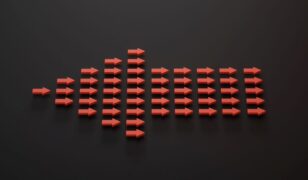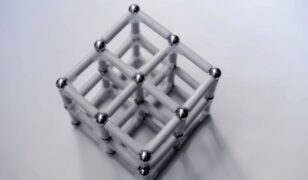IARPA to host Proposers’ Day for Amon-Hen program
 The Intelligence Advanced Research Projects Activity (IARPA) will host a Proposers’ Day Conference for the Amon-Hen program on 11 May 2017 in anticipation of the release of a new solicitation. The Conference will be held from 9:00 AM EDT to 3:00 PM EDT in the Washington, DC metropolitan area.
The Intelligence Advanced Research Projects Activity (IARPA) will host a Proposers’ Day Conference for the Amon-Hen program on 11 May 2017 in anticipation of the release of a new solicitation. The Conference will be held from 9:00 AM EDT to 3:00 PM EDT in the Washington, DC metropolitan area.
The purpose of the conference will be to provide information on Amon-Hen and the research problems the program aims to address questions from potential proposers, and to provide a forum for potential proposers to present their capabilities for teaming opportunities.
PROGRAM DESCRIPTION AND GOALS
As more nations become active in space, there is increasing need for Space Situational Awareness (SSA). A particular priority for both the Intelligence Community (IC) and the Department of Defense (DoD) is timely information about systems and activities in Geosynchronous Earth Orbit (GEO). In its recent Report on the National Defense Authorization Act for Fiscal Year 2017 the Senate Armed Services Committee identified the need for development of ground-based capabilities for passive imagery of GEO objects to provide a credible layer of accountability for behavior in space.
Due to their distance from ground-based observers (35,786km altitude) GEO objects are both small and dim – sufficiently small that telescopic observation cannot provide imagery of sufficient resolution for SSA needs. As a result, ground-based approaches to image GEO objects have focused on development
of interferometers. Examples of current efforts include the Naval Precision Optical Interferometer (NPOI) and the Magdalena Ridge Optical Interferometer (MROI), both of which have active research programs in GEO imaging. Because GEO objects are dim, however, finding and measuring the interference fringes developed between any two apertures in the interferometer is challenging. The complex shape of GEO objects also reduces inherent signal strength in the fringes resulting in a fringe tracking and fringe measurement problem that becomes rapidly more difficult at the longer interferometer baselines required for high resolution image reconstruction.Previous attempts to overcome the daunting challenges associated with GEO imaging have resulted in multiple design approaches that incorporate relatively large apertures (1-2m). In order to acquire enough baseline measurements for image reconstruction in a reasonably short period of time, the number of apertures required leads to prohibitively high system costs.
The objective of the Amon-Hen program is to develop novel approaches to ground-based GEO imaging that enable rapid collection of data for inteferometric image reconstruction of GEO objects at low cost.
Full information is available here.
Source: FedBizOpps








